Introduction to Starcraft II: Protoss
After an introduction to Terran it is now time to introduce you to Protoss.
In the previous article we looked at the different Terran army compositions that can be made in Starcraft II. This time it’s the turn of the Protoss. Protoss units are much more expensive on average than both Terran and Zerg units, and therefore need to be cost efficient in battle. There are three types of Protoss units, relating to the structure the units are created from; Gateway units, Robotics Facility units and Stargate units.
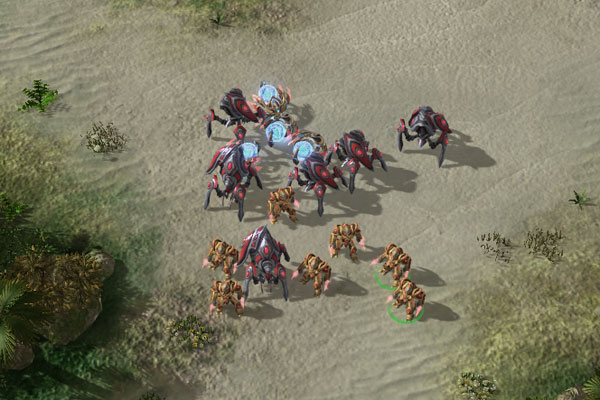
Gateway Units are the backbone of every Protoss army. The majority of all ground combat units are all created from the gateway, starting with the Zealot, a melee warrior that is highly efficient at slaughtering Zergling's. The key to the Gateway's power comes from a secondary building, the Cybernetics Core, which unlocks production of Stalker's, a fast, ranged unit capable of chasing down fleeing enemies, and the Sentry, a spell casting unit with high utility which is able to forcefield enemies for a safe escape or surround friendly units in a shield to reduce incoming ranged damage. The Cybernetics core also allows the research of Warpgate Technology, an upgrade researched in nearly every game which includes a Protoss. This upgrade allows Protoss gateway units to be warped on to the battlefield anywhere on the map that is powered by a Pylon or Warp Prism.
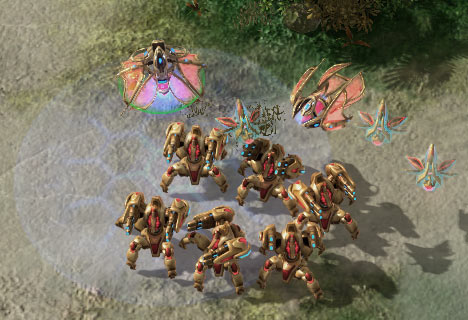
Robotics Facility units are highly specific combat units that can be extremely powerful if used in the right way. Immortals are hulking crab-like mechanized striders, equipped with hard hitting cannons and a hardened shield allowing them to soak up high powered attacks. Commonly found in the early to mid game, Immortals deal massive damage to Roaches, Stalkers and Tanks but are susceptible to melee units such as a Zergling or Zealot. Observers are tiny invisible scouting units, capable of revealing stealth enemies on the battlefield and provide vision by hovering over crucial areas on the map. Warp Prisms are the most versatile Robotics Facility unit and can transport units through the air safely. Their utility and versatility comes from their ability to switch to “Phasing Mode” to create a power field to warp in gateway units before flying off to another location requiring reinforcement.
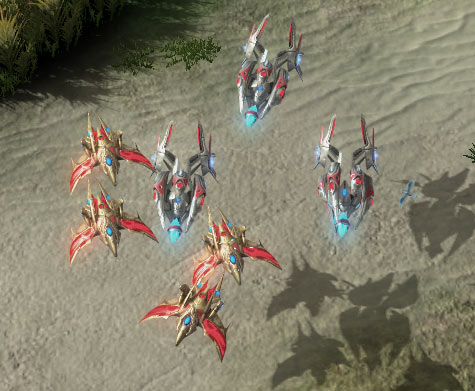
The Stargate is the home of the Protoss air force. Initially, two ships are available; the Phoenix and Void Ray. Phoenix are fast, anti-air ships that are capable of lifting units off the ground to suspend them in a Graviton Beam. This also renders the Phoenix incapable or moving or attacking for the same duration, so it is best to have multiple Phoenix attacking the same location. The Void Ray can become one of the most powerful units in the game if used correctly, but needs to attack for a substantial amount of time in order to do so. The Prismatic Beam used to attack units charges up over time and once fully charged deals a devastating amount of damage to enemy units provided the charge is not lost.
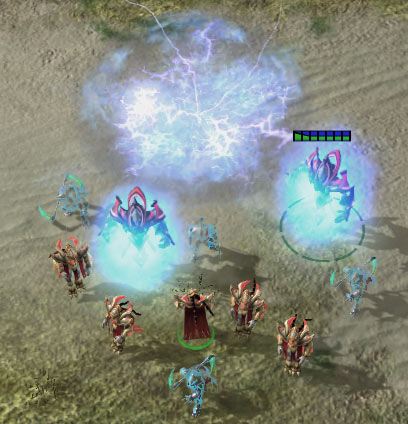
The most powerful Protoss units each require an additional building on top of their production facility in order to be unlocked. After construction of a Templar Archives or Dark Shrine, High Templar and Dark Templar can be warped in respectively. High Templar are a very fragile spell caster, capable of throwing massive Psionic Storms on top of the enemy to devastate biological units. Dark Templar are stealth assassins with incredibly high melee damage that can be used to exploit weak points in the opponents base to kill huge numbers of workers. High Templar and Dark Templar can be combined in pairs to form Archons, which are gigantic, damage soaking creatures with the ability to deal splash damage to both ground and air. Archons are able to rip through units like the Zergling, Mutalisk and Marine.
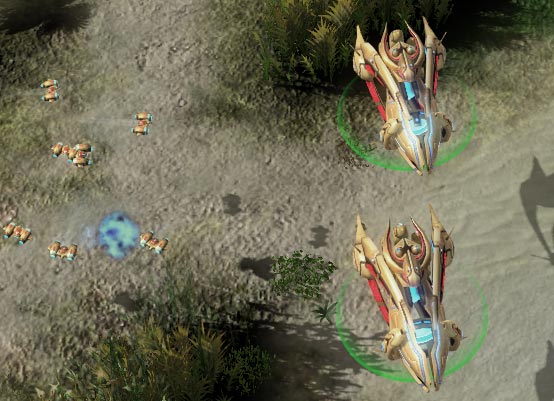
Carriers are the capital ship of the Protoss and are the iconic image that has transcended the series since Starcraft I. Carriers are the home to a number of smaller automated ships called Interceptors that swarm around the enemy, dealing the highest damage per second in the game. Carriers are slow, take a long time to build and are very expensive to create and maintain and therefore don’t see much competitive usage in Starcraft II.
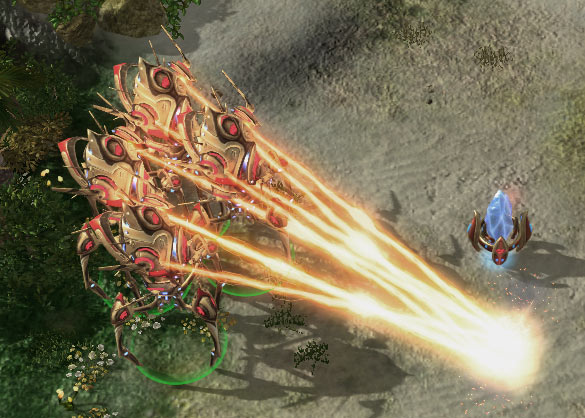
Colossus are the most commonly used Tier 3 unit for Protoss and are giant walkers that tower over the battlefield, raining down high powered lasers on to the enemy forces to deal massive splash damage from long range. The power of your army increases exponentially with the number of Colossus in your force, so it's important to maintain constant Colossus production as soon as they're available to make.
The secret to creating the most powerful Protoss armies is to have a strong force of Warpgate units, supported by the best suited higher-power units, depending on the enemy army composition. For instance, if the enemy has a lot of Mutalisk units, Colossus are fairly useless. High templar and Storms would be the better choice.
Join us next time when we look at Zerg and the units which make up the swarm.
James 'Stress' O'Leary